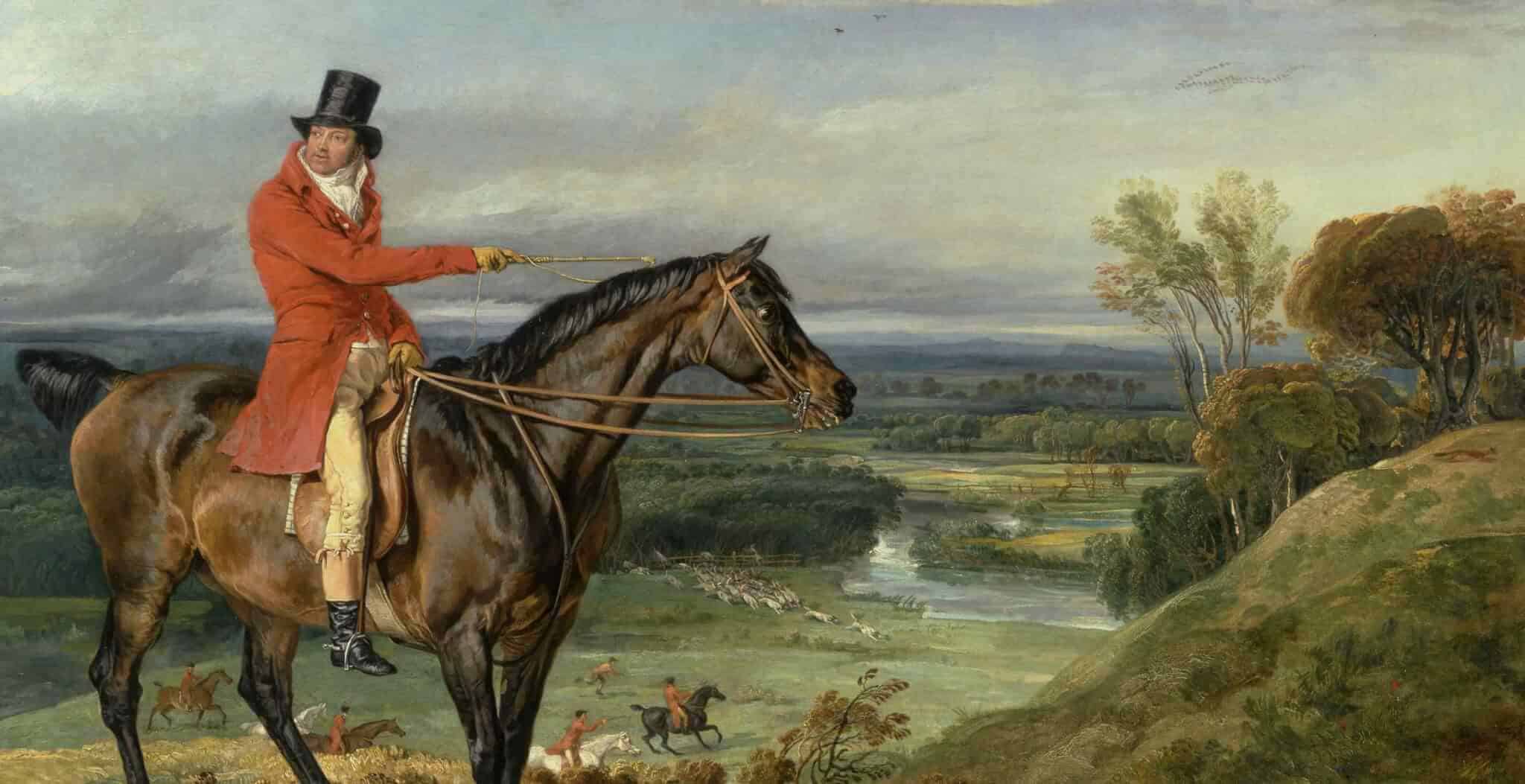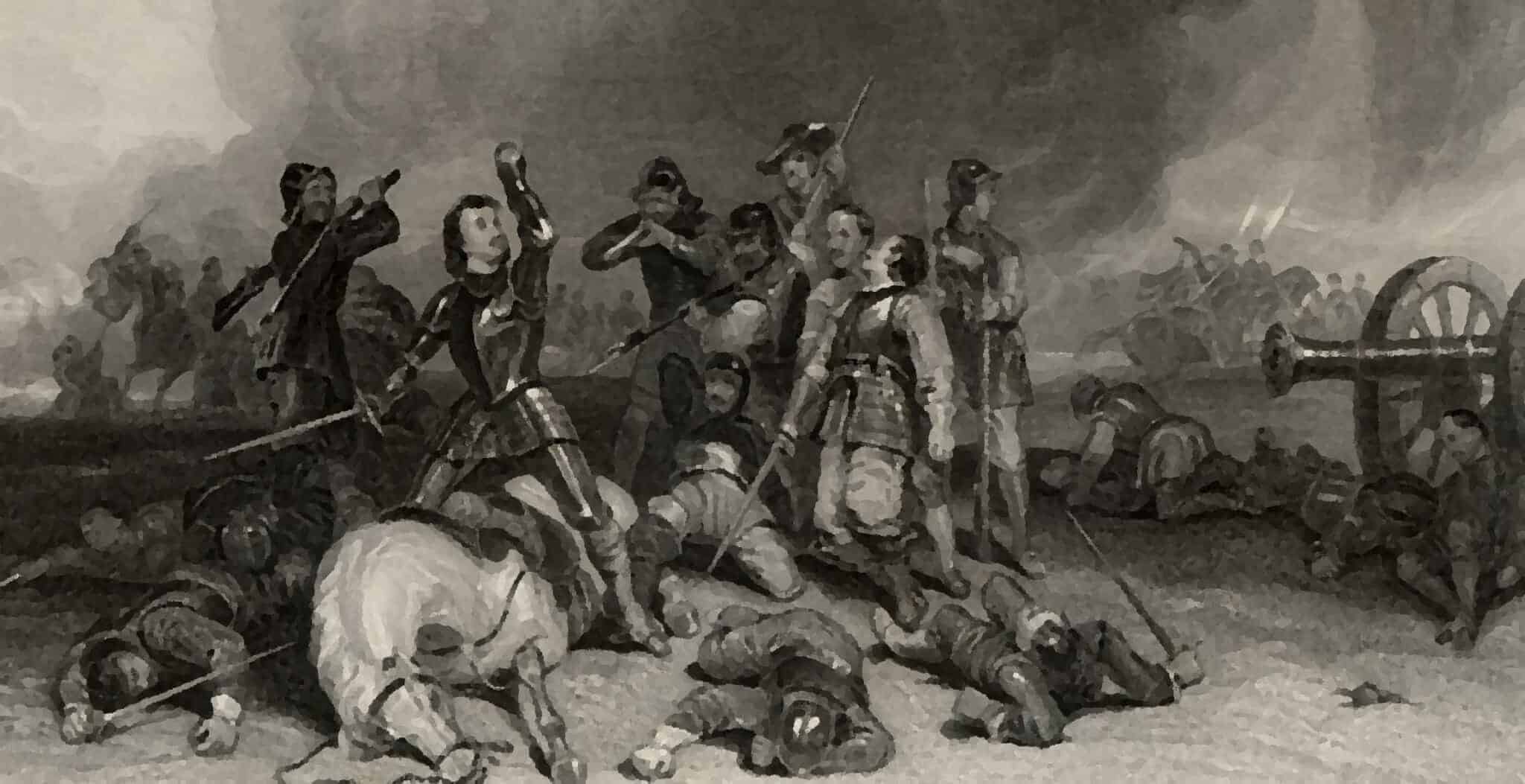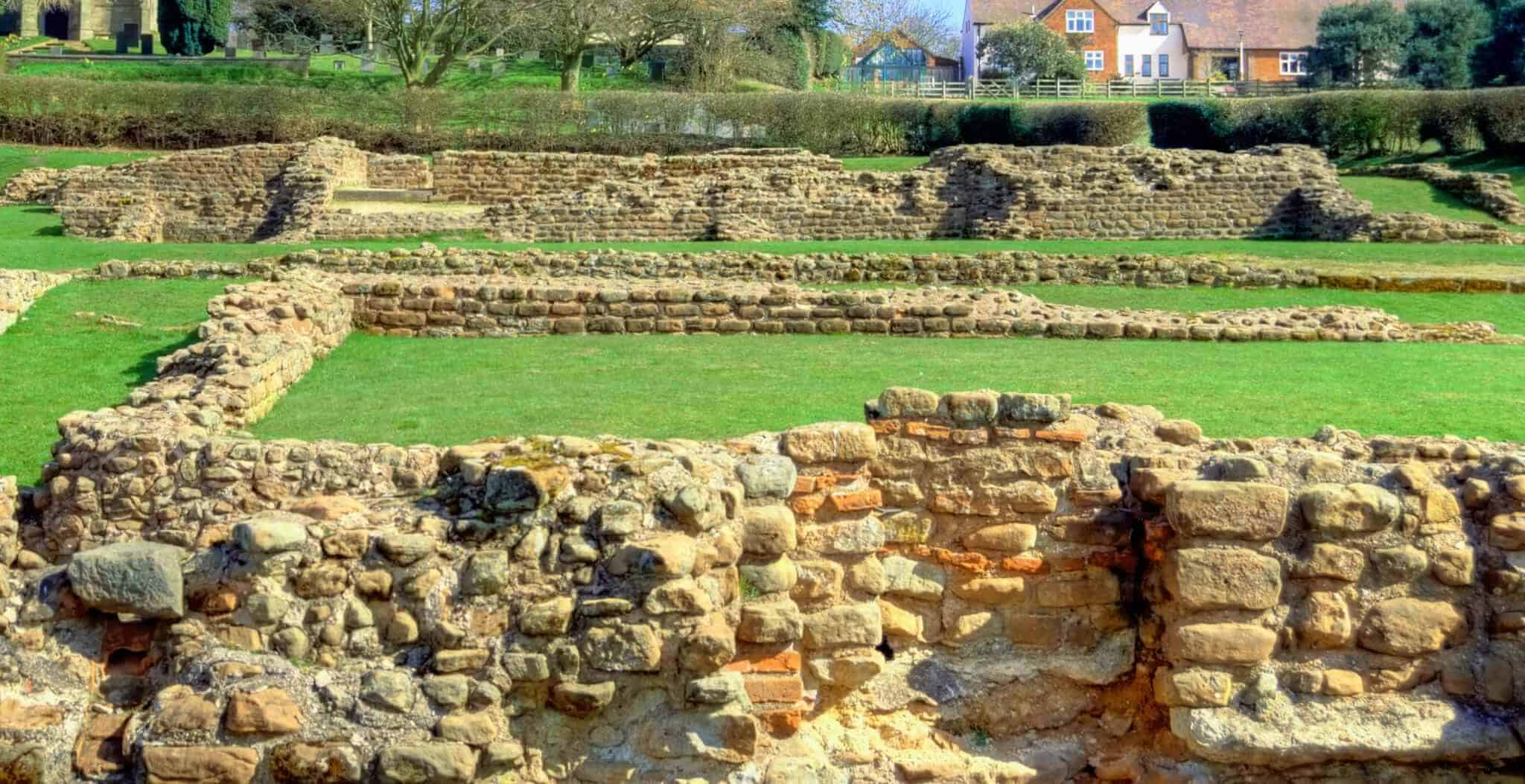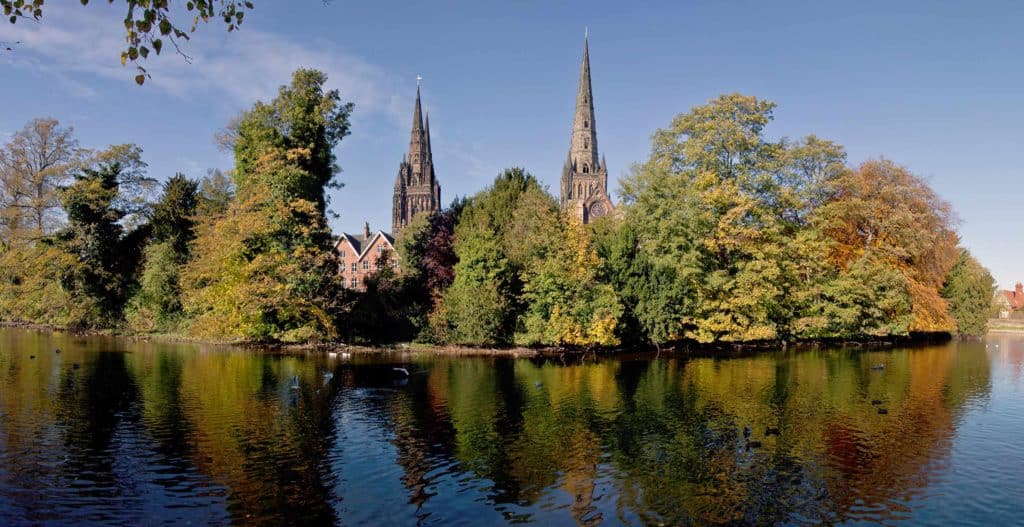Facts about Staffordshire
![]() Population: 1,100,000
Population: 1,100,000 ![]() Famous for: The Staffordshire Hoard, Lichfield
Famous for: The Staffordshire Hoard, Lichfield ![]() Distance from London: 3 – 4 hours
Distance from London: 3 – 4 hours ![]() Local delicacies: Staffordshire Oatcakes
Local delicacies: Staffordshire Oatcakes ![]() Airports: None
Airports: None ![]() County town: Stafford
County town: Stafford ![]() Nearby Counties: Cheshire, Leicestershire, Derbyshire, Warwickshire, West Midlands, Worcestershire, Shropshire
Nearby Counties: Cheshire, Leicestershire, Derbyshire, Warwickshire, West Midlands, Worcestershire, Shropshire
Staffordshire is home to the ‘Potteries’, the area around Stoke-on-Trent where pottery such as Spode, Wedgwood, and Royal Doulton has been produced for centuries. The Potteries Museum in Stoke-on-Trent informs the visitor all about the industry in this region and you can also visit the Wedgewood and Spode visitor centres in the town.
Staffordshire is also famously home to Alton Towers, one of Britain’s most popular attractions and a magnet for thrill-seekers with its adrenaline rides, waterpark and amusements.
Historical attractions in the county include Tamworth Castle, built by Æthelflæd, daughter of Alfred the Great. The atmospheric ruins of Tutbury Castle near Burton-on-Trent are also well worth a visit; Mary Queen of Scots was imprisoned here for a time in 1569. Lichfield boasts a very fine cathedral where you can view a permanent display of items from the Staffordshire Hoard.
The county town of Stafford is home to the Ancient High House, built in 1595 and the largest timber-framed town house in England. Stafford Castle boasts over 900 years of history, its original motte and bailey castle topped with the ruins of the 19th century castle. Near Stafford you will find the historic working estate at Shugborough, a great day out for all the family with history brought to life by costumed interpreters.
Local dishes include the famous Staffordshire Oatcakes, the staple food of the Staffordshire pottery towns. Burton-on-Trent is famous for its brewing heritage stretching back to the Middle Ages, and is home to the National Brewery Centre. Marmite also originated in Staffordshire as a by-product of the brewing process!





